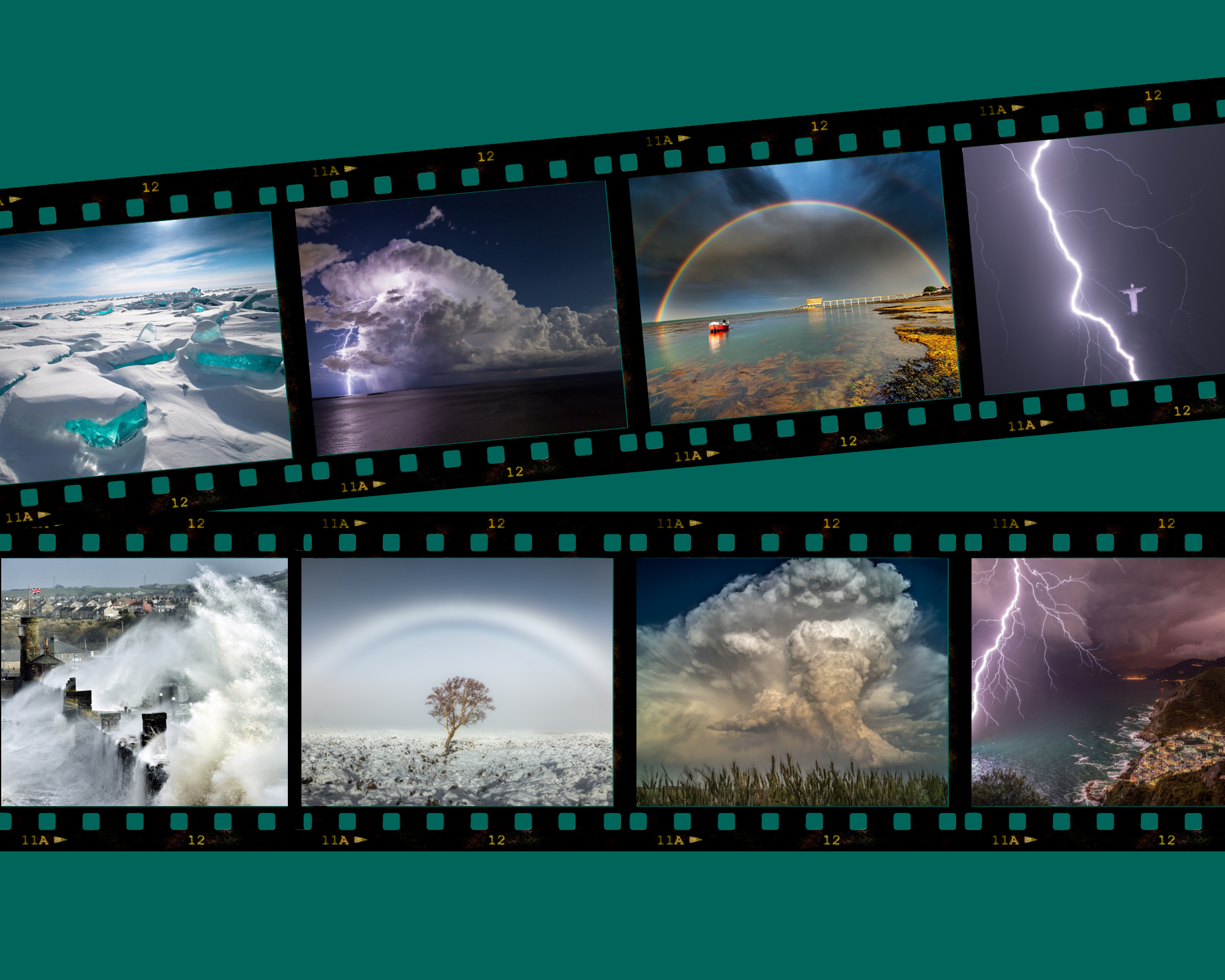

Have you ever had that sinking feeling?
At 1039 GMT on 7 December 1972, Jack Schmitt from the crew of Apollo 17 took one of the most iconic and certainly most reproduced photographs of all time. NASA named it photograph AS17-148-22727, but very shortly after the picture went public, it became known as ‘the blue marble’. It is, of course the picture of the near full-earth disk taken en route to the moon, with the sun directly behind the Apollo 17 spacecraft. Interestingly it was not the first of these kinds of images from of earth. ATS (Advanced Technology Satellite) 3, a geostationary weather and communications satellite launched in 1967 and an early forerunner of Europe’s Meteosat programme, had taken images of the earth disk, but the blue marble had much wider publicity and seemed to play into the 1970s zeitgeist.
It is a spectacular photograph for a whole variety of reasons, but I think what gives it its character, and of course, its name, are the clouds. If you have ever looked closely at the image, it is fascinating to see the circulation patterns over Antarctica, and in the top right, you can see the Tamil Nadu cyclone, which had caused significant wind and rain damage in India just a couple of days before. The public saw for the first time the important role clouds play across the globe and how powerful these images could be in helping to produce weather forecasts.
I have written before about the important role clouds play in the earth’s climate, which is more complicated than you think. For example, the higher clouds tend to trap in heat and enhance the warming, whereas the lower clouds help to reflect more incoming sunlight and so reduce the warming. And do not get me started on how much of a ‘feedback effect’ clouds have on the climate system. I think it is fair to say that the more we study clouds, the more we appreciate there is still a lot we do not know. But, on the other hand, the older I get, the more this seems to be a common realisation.
It is interesting, though what prompts you to think about these kinds of things sometimes. My godson and I got talking about clouds the other day. As only youngsters can do, he asked me how much they weighed. I told him they are actually quite heavy and made up of tens of millions of small water droplets. I did not know the weight precisely, so we had to look it up. It turns out that the average cumulus cloud weighs as much as 200 tonnes, about the weight of 40 adult elephants. You can probably guess the next question he asked – if they are so heavy, why don’t they fall out of the sky?
I spent the next hour explaining buoyancy with the help of several bits of fruit of different sizes and densities and a large bowl of water. Then, applying this to clouds, it occurred to me afterwards that it’s not just the buoyancy of the warm air rising to a point where it’s cold enough to condense out the water vapour that helps to hold up the cloud; the condensation process itself releases heat that also helps the cloud to remain buoyant.
I also wondered if questions like that had crossed the mind of a big hero of mine, Luke Howard. Howard was better known perhaps in his own time as a chemist but is also a famous cloud enthusiast. He made watercolour sketches of the different clouds on his ‘sky walks’ and is perhaps most famous for giving the clouds their names in a presentation to the Askesian Society in 1802.
Howard had a huge influence on the arts as well as meteorology. Painters like Constable began to incorporate his clouds in their skyscapes, and John Ruskin wrote about them in his critiques. The German writer and poet Johann Wolfgang von Goethe wrote a series of works motivated by his regular correspondence with Howard; then of course, there is Shelley’s poem ‘The Cloud’.
The modern-day version of Howard’s cloud watercolours is the International Cloud Atlas. It was first published in 1896 with the encouragement of Ralph Abercromby, who wanted to show that clouds in the same categories looked the same across the world. Since then, there have been reprints in 1911, 1932, 1939, 1956, 1975, and 1987 and, excitingly for all us nephologists, the most recent version was published just this year (See article on p. 7). The Atlas is now online, of course, and also includes my own favourites. I do like asperitas, but it is fair to say most clouds are worth taking a bit of time out of your day to admire. For me, it’s a toss-up between lenticular and noctilucent clouds, and I would suggest these two are definitely worth a Google - other search engines are also available.




